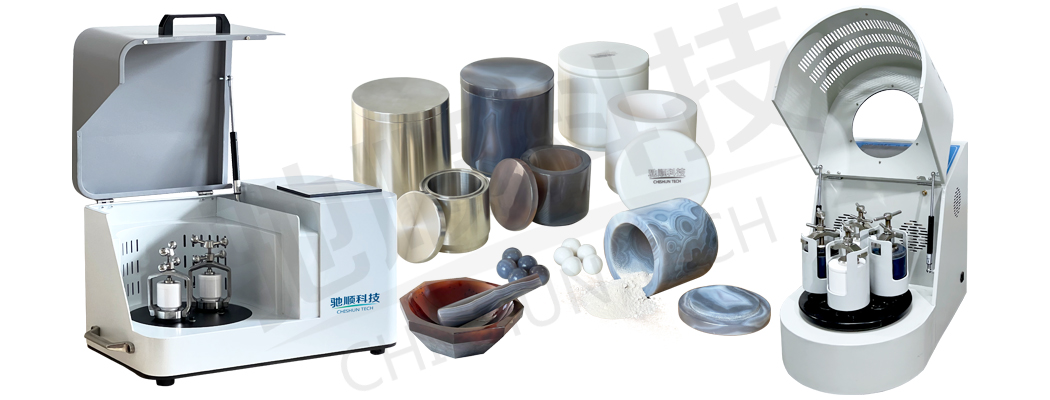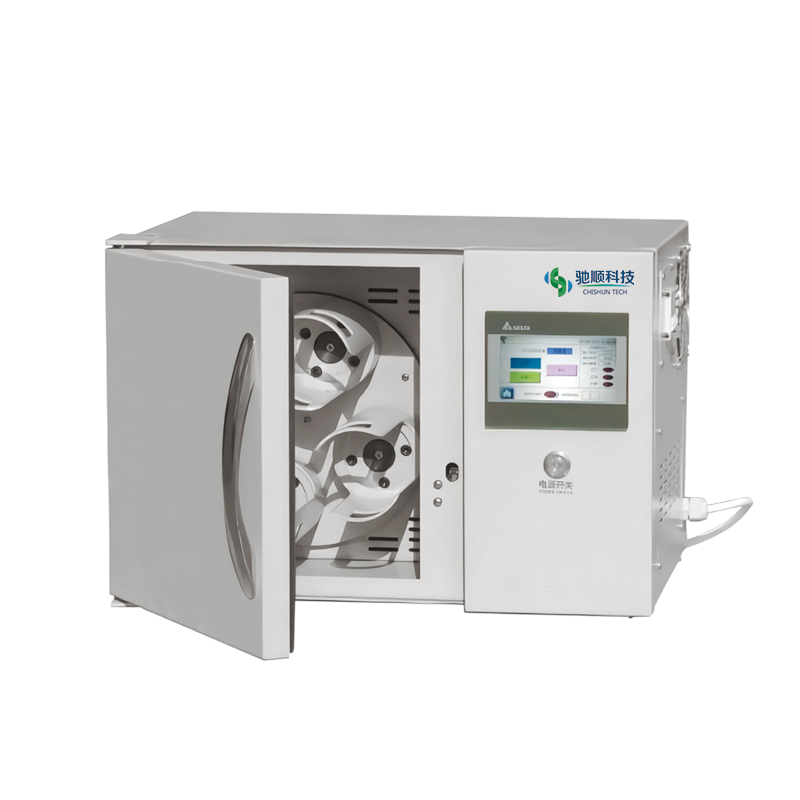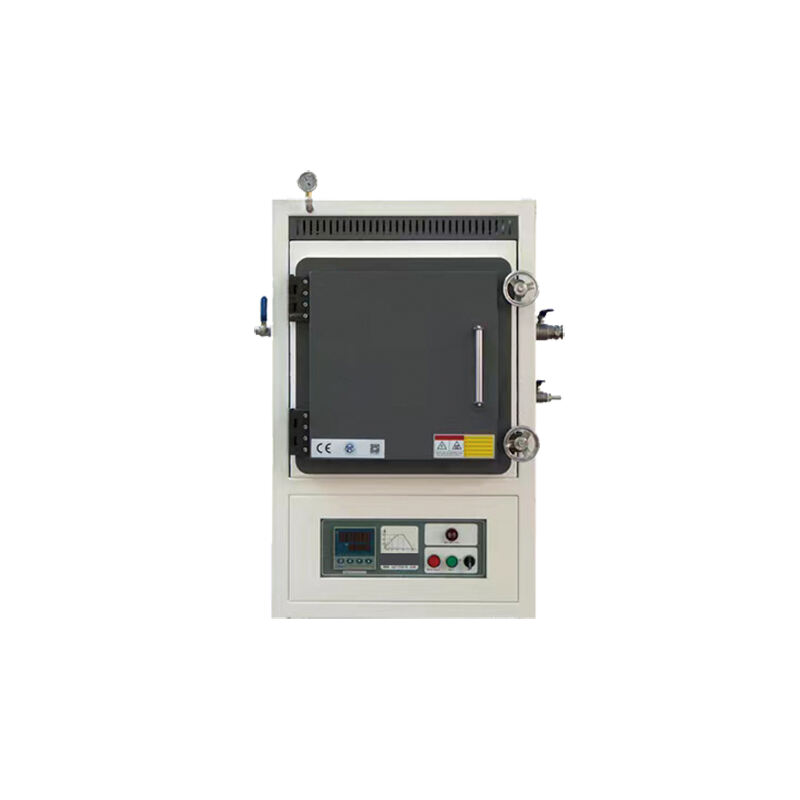Overview of Laboratory High Energy Ball Mill
Laboratory high-energy ball mill is a commonly used laboratory equipment for the mechanical synthesis, crushing, alloying and other processes of materials. It impacts, rubs, and grinds the sample through high-speed rotating ball milling tanks and balls, thereby achieving fine crushing and mixing of materials.

The characteristics and functions of high-energy ball mill:
1. High energy efficiency: Laboratory high-energy ball mills usually have high-speed rotating ball milling tanks and balls, which can generate high-strength impact and friction, enabling effective crushing and mixing of samples. Compared to traditional grinding equipment, it has higher energy density and stronger grinding effect.
2. Adjustable and flexible: It can adjust parameters such as rotational speed, grinding time, and ball milling ball selection according to experimental requirements to adapt to different materials and process requirements. This makes it widely applicable in materials preparation, nanomaterial research, catalyst synthesis, and other fields.
3. Multi functional application: It can be applied to various materials, including metals, non-metals, ceramics, biological samples, etc. It is widely used in powder metallurgy, materials science, chemical synthesis, drug preparation and other fields.
Application fields of high-energy ball mill:
1. Material research and preparation: It can be used for crushing and alloying various materials. For example, the preparation and characteristic research of materials such as metals, alloys, ceramics, and composite materials.
2. Preparation of nanomaterials: It can be used to prepare nanoparticles, nanostructured materials, and nanocomposites. By controlling the parameters during the ball milling process, nanomaterials with excellent performance can be obtained.
3. Catalyst synthesis: It can be used for the preparation and modification of catalysts. By ball milling, the specific surface area and activity of the catalyst can be increased, thereby improving the catalytic effect.
4. Powder metallurgy: It has a wide range of applications in the field of powder metallurgy. It can be used for mixing, synthesizing, and forming dense billets of alloy powders.
5. Energy materials: It can be used for the preparation and improvement of energy materials, such as positive and negative electrode materials for lithium-ion batteries, fuel cell catalysts, etc.
6. Biological science: It is also applicable to the study of biological samples. For example, research in fields such as cell fragmentation, protein extraction, and genomics.
It should be noted that the specific application scope of laboratory high-energy ball mills also depends on factors such as their technical parameters, sample characteristics, and experimental requirements. In practical applications, it is necessary to choose appropriate methods and parameters based on specific circumstances to achieve the desired research objectives.
When using a high-energy ball mill in the laboratory, appropriate parameters should be selected based on the characteristics and requirements of specific samples, and operators should follow safety operating procedures and pay attention to protective measures to ensure the safety and reliability of the experimental process.
Recommended Products
Hot News
-
Technical features of PULVERIZER 500 dual-tank high-energy planetary ball mill
2025-07-03
-
Chishun High Energy Ball mill:Help Starting New Era of Solid State Batteries
2025-03-29
-
Industrial planetary ball mill: the core tool for industrial grinding
2025-02-05
-
Pulverizer80 started it serving the OXFORD SUZHOU CENTRE FOR ADVANCED RESEARCH
2024-12-22
-
Invitation of Analytica China 2024
2024-11-10
-
CHISHUN AT THE ARABLAB LIVE 2024
2024-09-30
-
Precautions for using and installing vacuum glove box
2024-02-04

 EN
EN
 AR
AR
 BG
BG
 CS
CS
 DA
DA
 NL
NL
 FI
FI
 FR
FR
 DE
DE
 EL
EL
 HI
HI
 IT
IT
 JA
JA
 KO
KO
 NO
NO
 PT
PT
 RO
RO
 RU
RU
 ES
ES
 SV
SV
 TL
TL
 ID
ID
 SR
SR
 VI
VI
 SQ
SQ
 HU
HU
 TH
TH
 TR
TR
 FA
FA
 MS
MS
 BE
BE
 IS
IS
 BN
BN
 LO
LO
 LA
LA
 MN
MN
 KK
KK
 UZ
UZ
 LB
LB
 XH
XH



